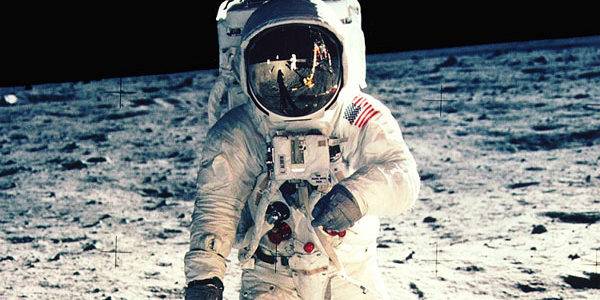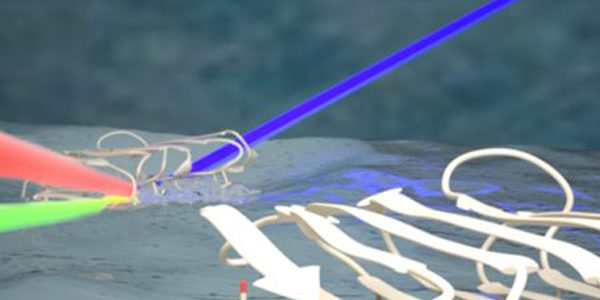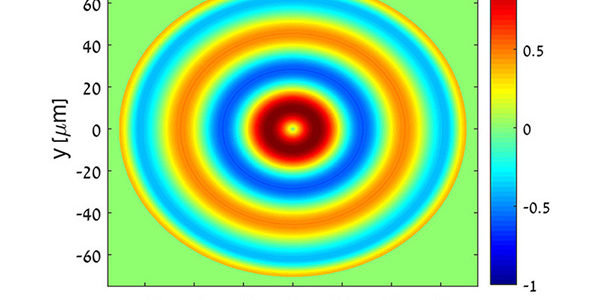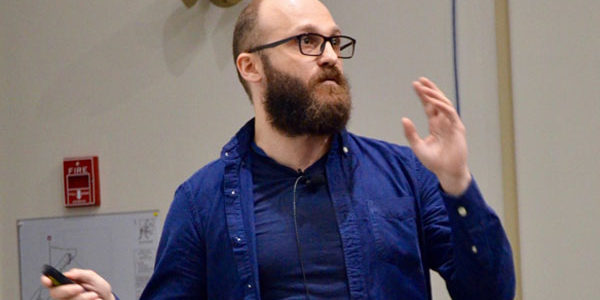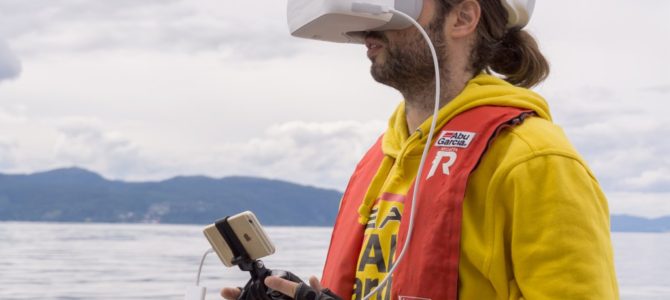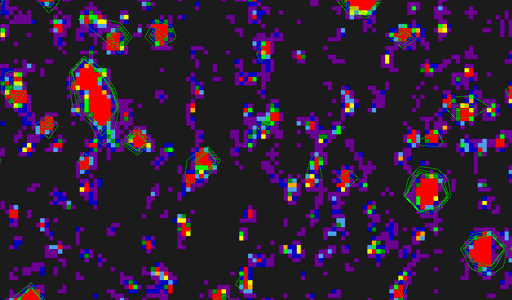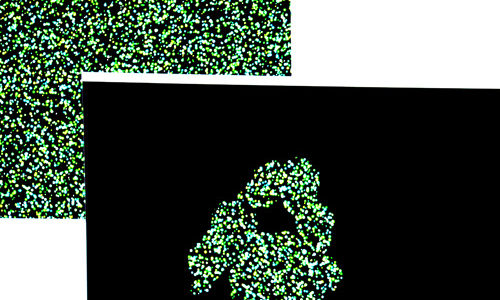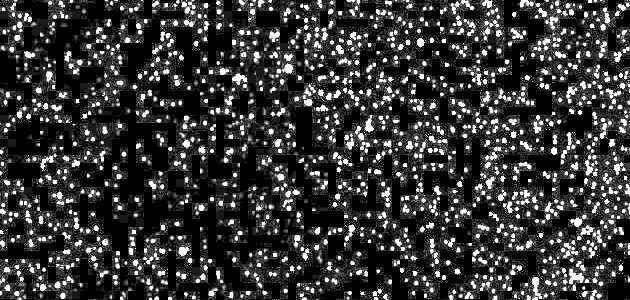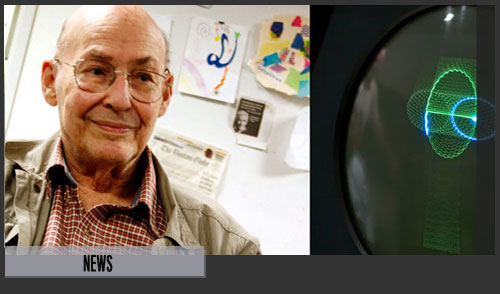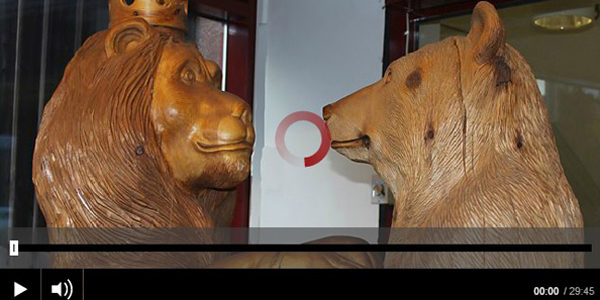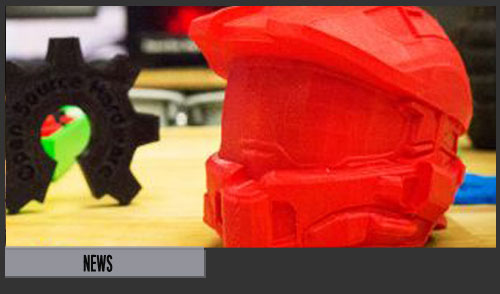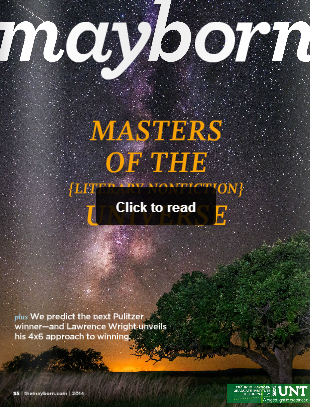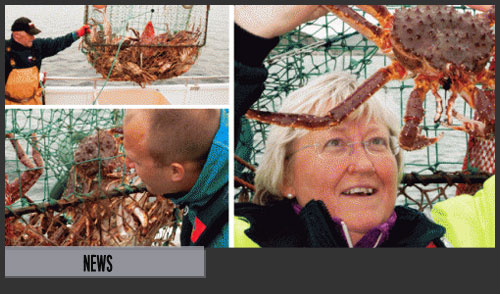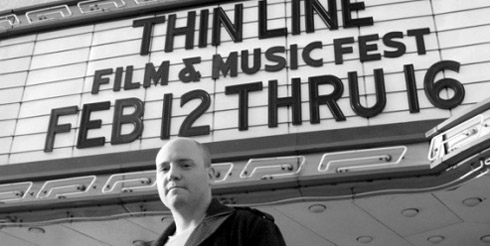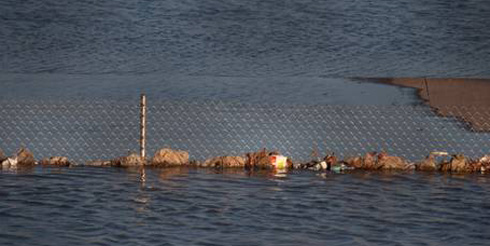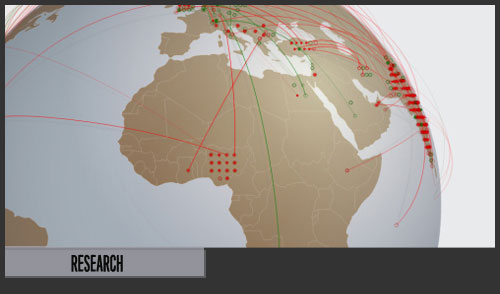Collins: Keeping Earth in View Doesn’t Require a Spacecraft
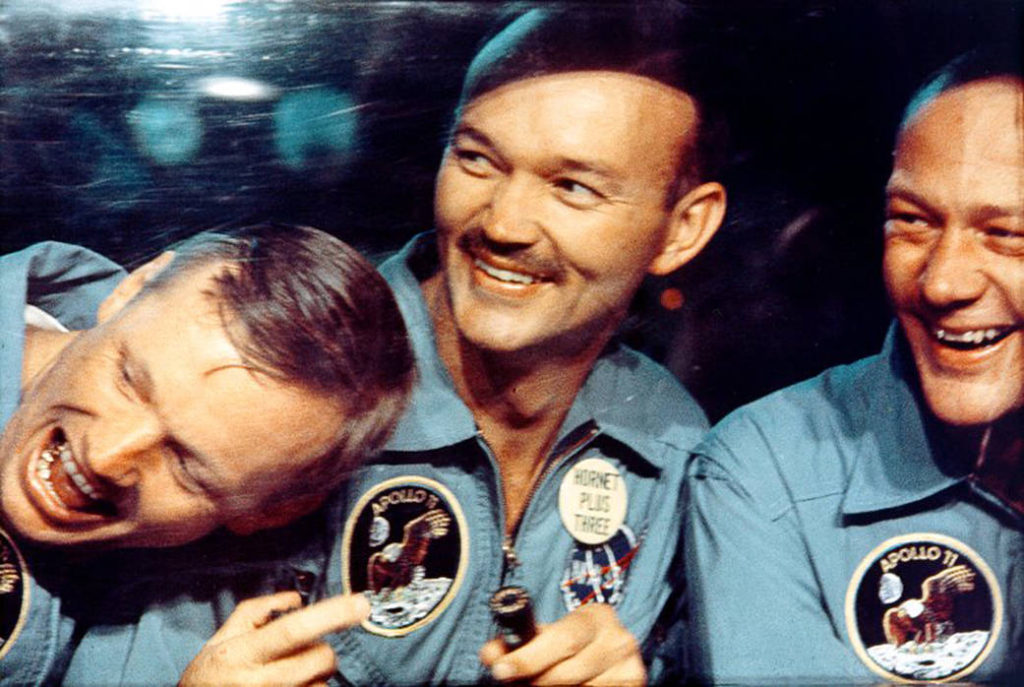
On July 24, 1969, the Apollo 11 crew with Commander Neil Armstrong, Command Module Pilot Michael Collins, and Lunar Module Pilot Buzz Aldrin splashed down in the Pacific Ocean after achieving the first lunar landing. (NASA)
Earth Day 2019:
This year marks the 50th anniversary of mankind’s first landing on the moon, on July 20, 1969.
While Neil Armstrong and Buzz Aldrin were on the moon taking “one small step for man, one giant leap for mankind”, Michael Collins’ job was to fly around the moon and pick them up again before coming back to earth.
Astronaut Collins spoke at the National Press Club Apr. 15 to recount his role in the Apollo 11 mission with Armstrong and Aldrin. He was interviewed by Marvin Kalb, and they discussed not only the 1969 mission but today’s Mars mission planning, competition in space, militarization and privatization of space technology, and what space exploration means for people, politics, and the human race.
The full livestreamed video is available at the National Press Club.
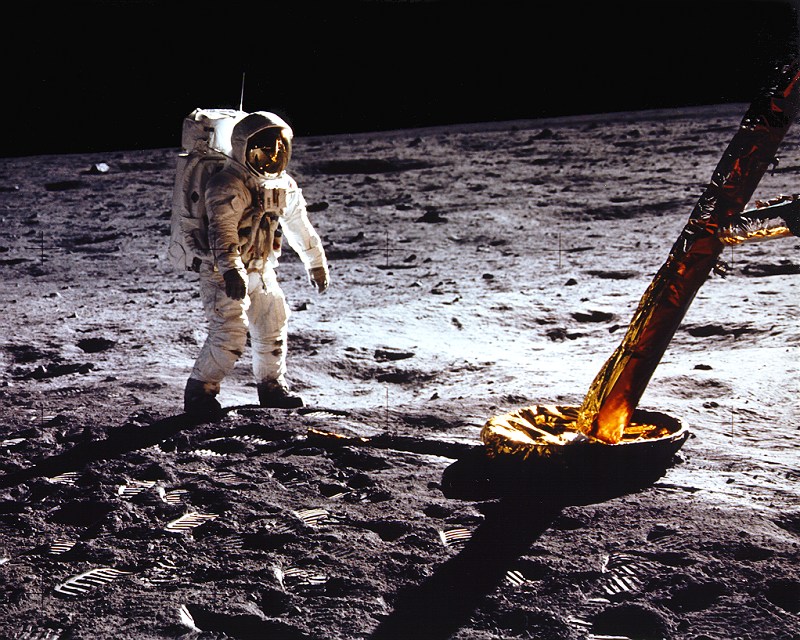
Aldrin stands beside the lunar module strut and probe. (NASA)
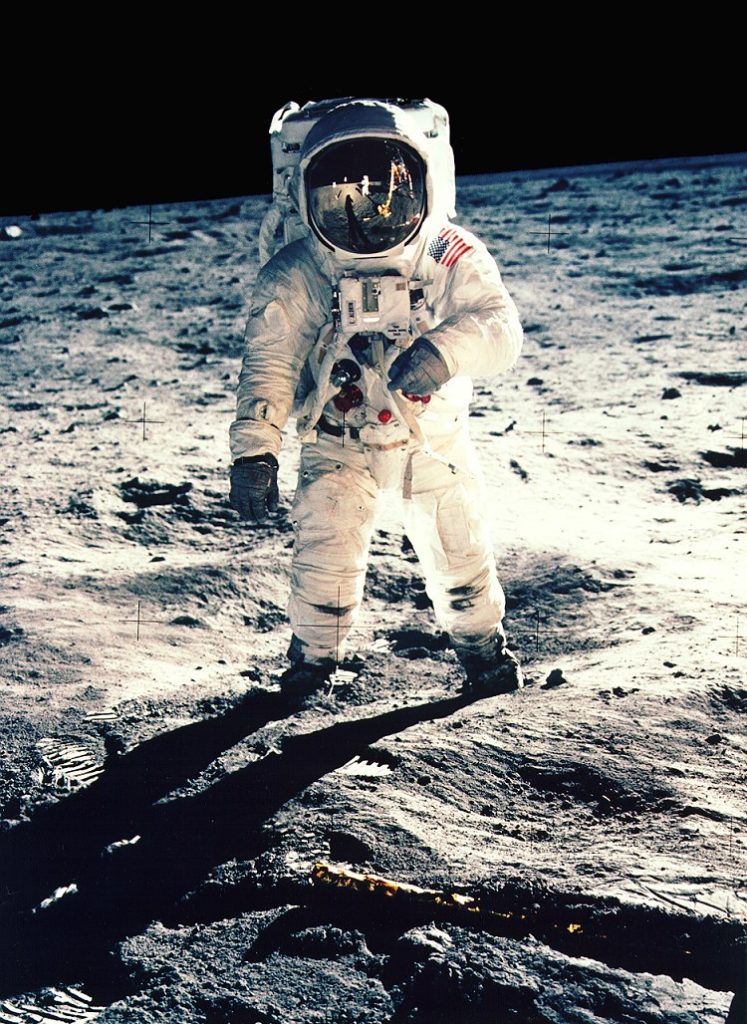
Aldrin poses for a portrait. (NASA)

Aldrin’s boot and footprint in lunar soil. (NASA)

This photograph of the Lunar Module at Tranquility Base was taken by Neil Armstrong during the Apollo 11 mission, from the rim of Little West Crater on the lunar surface. Armstrong’s shadow and the shadow of the camera are visible in the foreground. When he took this picture, Armstrong was clearly standing above the level of the Lunar Module’s footpads. Darkened tracks lead leftward to the deployment area of the Early Apollo Surface Experiments Package (EASEP) and rightward to the TV camera. This is the furthest distance from the lunar module traveled by either astronaut while on the moon. (NASA)

Full panoramic image of the lunar module at tranquility base. (NASA)
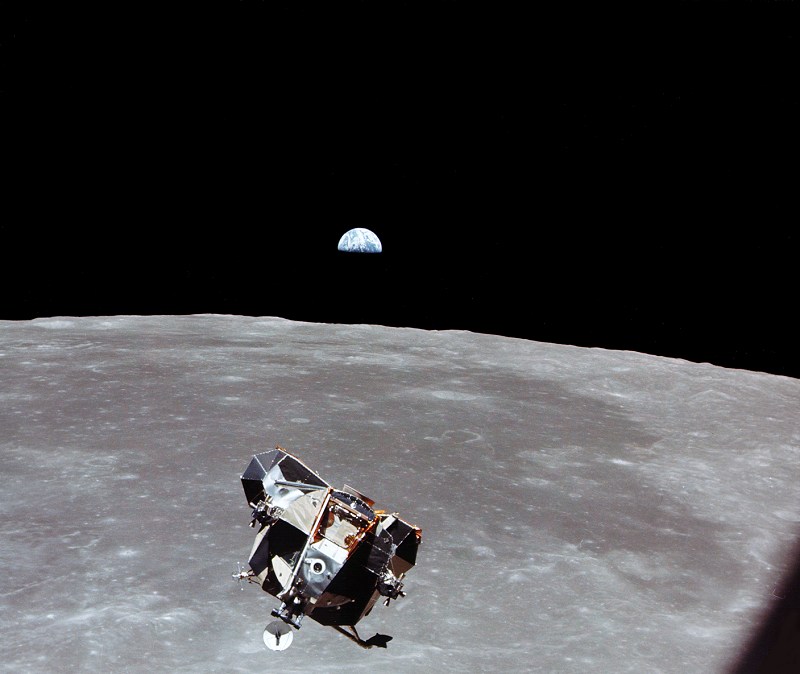
The lunar module approaches the command module for docking, with earthrise in the background. (NASA)

Crescent earth image taken on the Apollo 11 return trip. (NASA)
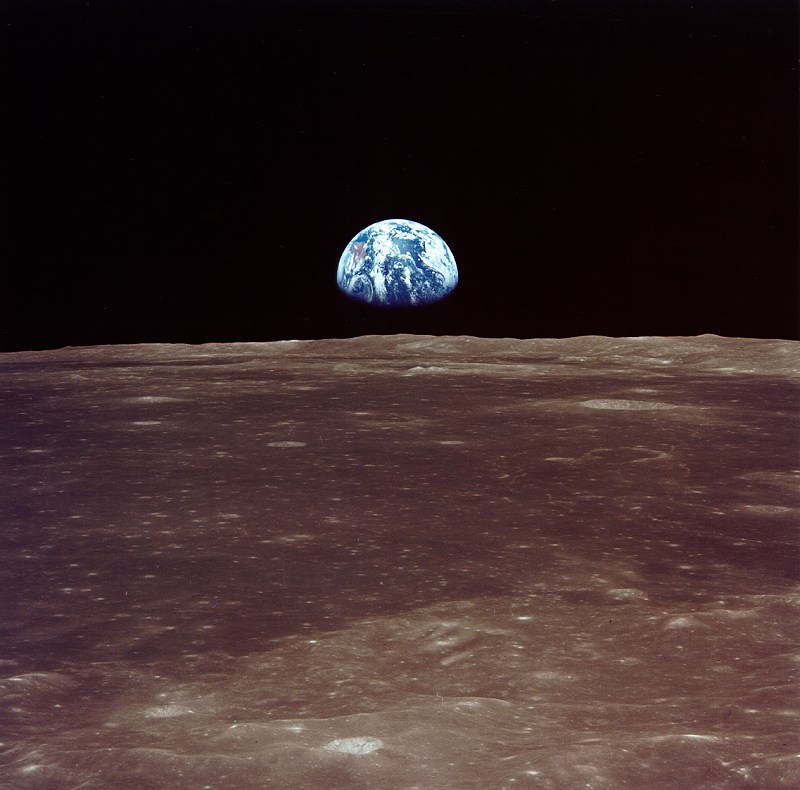
Earthrise viewed from lunar orbit prior to landing on the moon. (NASA)
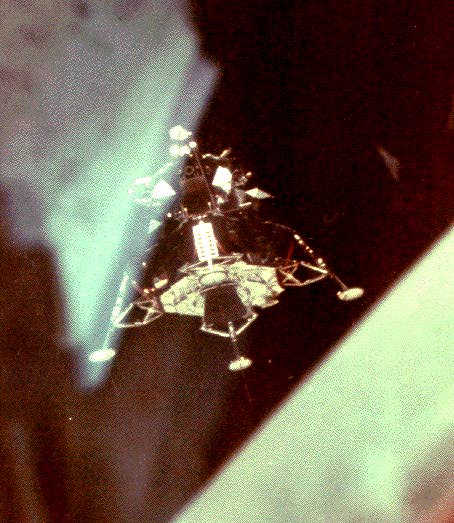
Lunar module inspection after undocking. (NASA)
Listen to “One small step…” audio at NASA.
